How’s this for a heartwarming set-up? Forty-something recovering alcoholic and aspiring artist Ginger copes with the disappointment of being unable to have children of her own by signing up to an organisation that sends underprivileged inner-city kids to the homes of middle-class couples in the countryside. When she is introduced to 11-year-old Dominican girl Velvet, the two bond over horses, with Ginger offering the girl a freedom denied to her by her domineering mother.
It sounds perfect for book clubs, soon to be a life-affirming movie, and of little literary interest. But The Mare has much more merit than the synopsis suggests. It’s the first novel in ten years from Mary Gaitskill, a novelist and short-story writer renowned for her icy chill: the three collections of stories and two novels she has previously published mainly explore the dark side of life (sadism, disease, the seven deadly sins) and she’s still best known for the story that inspired the S&M art house hit Secretary.
It’s clear that the woman from the country and the girl from the city are going to experience some spiritual growth. But given Gaitskill’s previous form, some skewering of liberal pieties seems likely too. Is she going to use this scenario to expose how clueless Ginger is, to suggest that life in the inner city might be far more rewarding than Ginger’s country existence? Or is this novel a late career change of pace, a grab for mainstream acceptance after a career unfairly spent on the margins?
Even after reading the book closely twice, I’m not entirely sure. The Mare alternates between Ginger and Velvet’s perspectives (with occasional interruptions from minor characters), but Gaitskill keeps us distanced from both characters. Ginger certainly seems a foolish woman in places, and probably a terrible artist, but Gaitskill never quite mocks her, even when she’s playing all the roles in an amateur production of A Christmas Carol in a misguided attempt to persuade Velvet of her virtues. And Velvet is presented in an equally evenhanded way, coming across as deceitful and self-obsessed, but never quite moving into a hero or villain role. The flitting between voices is rapid, which gives the book an odd stop-start feel, perhaps deliberately designed to bring to mind the experience of learning to ride.
It’s tempting, then, to see the novel as an exercise in ultra-realism: Gaitskill escaping the self-imposed shackles of her structure to focus on the stuff of life. But then she concludes with the ultimate Hollywood ending, as Ginger sneaks Velvet into a high-stakes horse race. It feels a strangely pasteboard conclusion after 450 pages of psychological nuance. But tear out the last 20 pages and this is a thoroughly compelling read, a writer finding a dignified way of moving into new territory and focusing on the light after three decades in darkness. Redemptive and moving, The Mare offers as much fresh air for the author (and the reader) as it does for her characters.
The post Riding high appeared first on The Spectator.
Got something to add? Join the discussion and comment below.
Get 10 issues for just $10
Subscribe to The Spectator Australia today for the next 10 magazine issues, plus full online access, for just $10.
You might disagree with half of it, but you’ll enjoy reading all of it. Try your first month for free, then just $2 a week for the remainder of your first year.

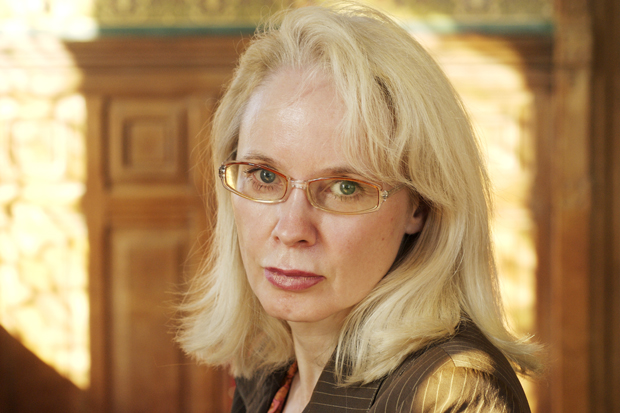

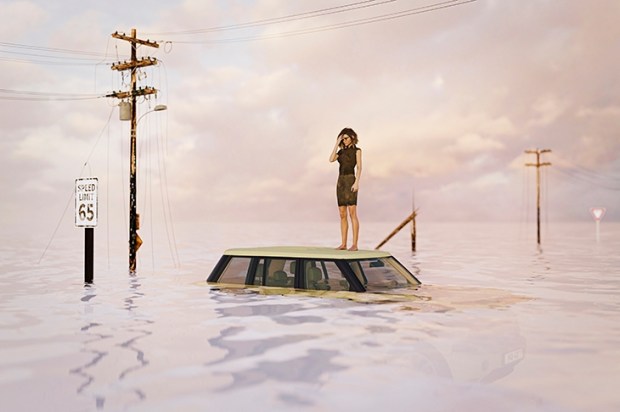
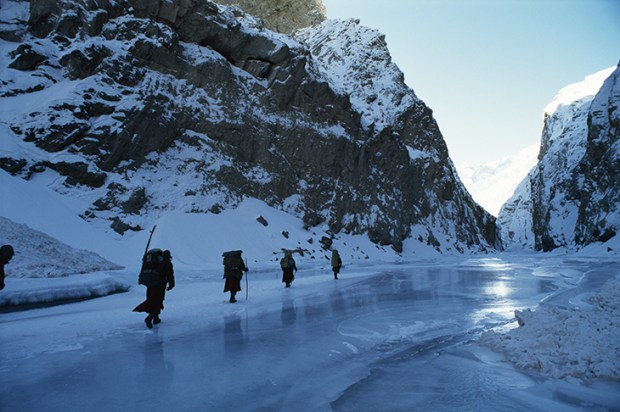
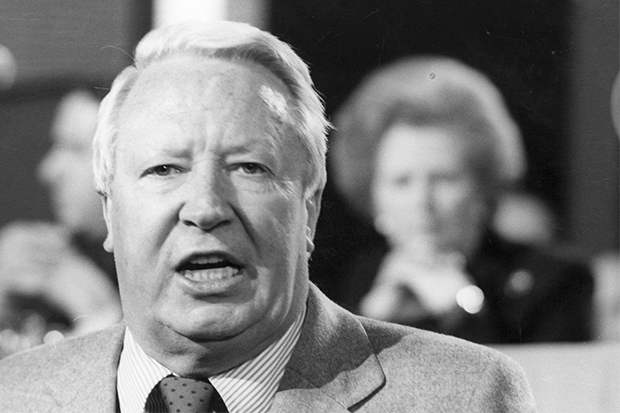

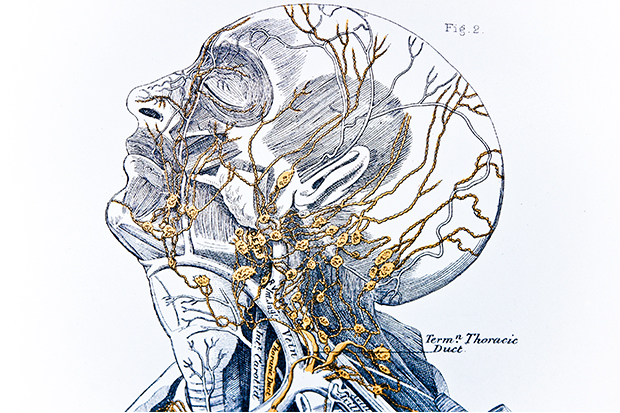






Comments
Don't miss out
Join the conversation with other Spectator Australia readers. Subscribe to leave a comment.
SUBSCRIBEAlready a subscriber? Log in